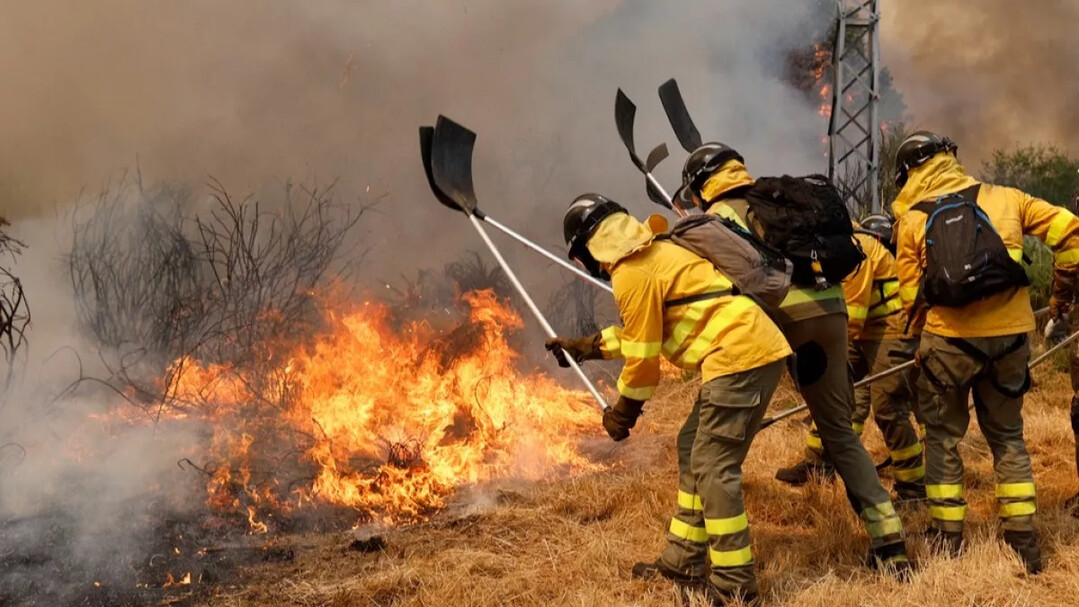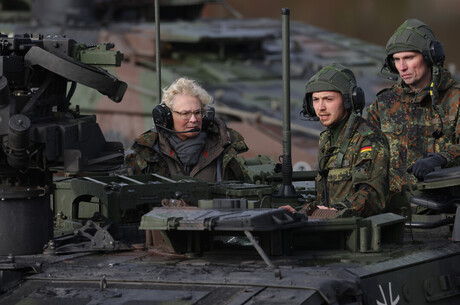
This summer, Spain endured one of its worst fire seasons on record, a grim spectacle dominated by so-called “sixth-generation wildfires.” These fires, a new and terrifying class of blaze, are not just natural phenomena; they are climate emergencies fueled by extreme weather conditions, prolonged droughts, and dense, dry vegetation. They are an ominous sign of a world where traditional firefighting methods are no longer enough.
These megafires—defined as blazes exceeding 10,000 hectares—were responsible for over 65% of the total area burned in Spain this year, even though they made up less than 10% of all fire incidents. In just two weeks of August, these fires scorched an astonishing 360,000 hectares, leaving a trail of destruction that claimed human lives, displaced thousands, and destroyed homes, crops, and livestock.
The severity of the situation was the central topic of a recent conference held by the Royal Academy of Sciences in Madrid, titled "Heat Waves and Megafires in Spain Under Climate Change: August 2025." Leading experts from various fields presented sobering data and conclusions about the escalating crisis.
The Numbers Tell a Grim Story
Dr. Olga Viedma, a professor of ecology at the University of Castilla-La Mancha, highlighted the disproportionate impact of these megafires. While smaller fires (100 to 500 hectares) were the most common, it was the less frequent but far more destructive megafires that accounted for the vast majority of burned land.
The human and environmental toll was immense. Viedma pointed out that 316 population centers were directly or indirectly affected by the flames, demonstrating the extreme danger faced by human-inhabited areas. The fires also devastated protected species and habitats, including those of the Iberian wolf and brown bear. Viedma gave a particularly poignant example of a single fire's catastrophic impact: the endemic Primula pedemontana, a plant species so localized that a single blaze wiped out 100% of its habitat.
A Failed Strategy and a Call for Change
The consensus among the experts was clear: the current strategy of relying on a massive firefighting force is no longer sustainable. "Under climate change, the strategy of putting out fires with an authentic army of fire-fighters will fail. It's necessary to change it," Viedma concluded.
Marc Castellnou, chief inspector of Catalonia's Forest Action Reinforcement Group (GRAF), echoed this sentiment. He stated that in the face of climate change-driven fires, firefighters can no longer guarantee the protection of ecosystems, much less the civilian population. While he emphasized the need for firefighting resources, he stressed that the real solution lies in a different approach: "we have to manage ecosystems, landscapes, and understand the problem."
Understanding the Roots of the Catastrophe
To fully grasp the magnitude of the August fires, one must look back at the preceding months. Gonzalo Míguez, a professor of physics at the University of Santiago de Compostela, explained that unusually heavy spring rainfall in some southern regions of Spain likely contributed to a massive accumulation of vegetation. This dense plant growth then served as fuel for the summer fires.
In contrast, in Galicia, a region that is typically rainy, the determining factor was a relentless, three-month-long spell of hot, dry weather with temperature anomalies of up to 4 degrees Celsius. This combination of factors created the perfect storm for fires of unprecedented scale and intensity.
The Long Road to Recovery
Looking ahead, fire ecologist Leonor Calvo offered some perspective on the recovery process. She noted that the regeneration of the land will depend on various factors, including the type of ecosystem, the fire's severity, and its frequency. However, she believes that in most cases, the land will recover, and the best course of action is to "let nature act."
In summary, sixth-generation fires are characterized by their sheer intensity, rapid spread, and prolonged duration. Fueled by climate change, they can even create their own weather systems, including "dry thunderstorms" with lightning that ignites new blazes. The Spanish government and its citizens now face a stark reality: these aren't just fires to be fought, but a new type of climate emergency that requires a fundamental shift in how we manage our landscapes and confront the undeniable impacts of a warming planet.
[Copyright (c) Global Economic Times. All Rights Reserved.]






























